LAKE STEWARDSHIP IN THE WATERSHED
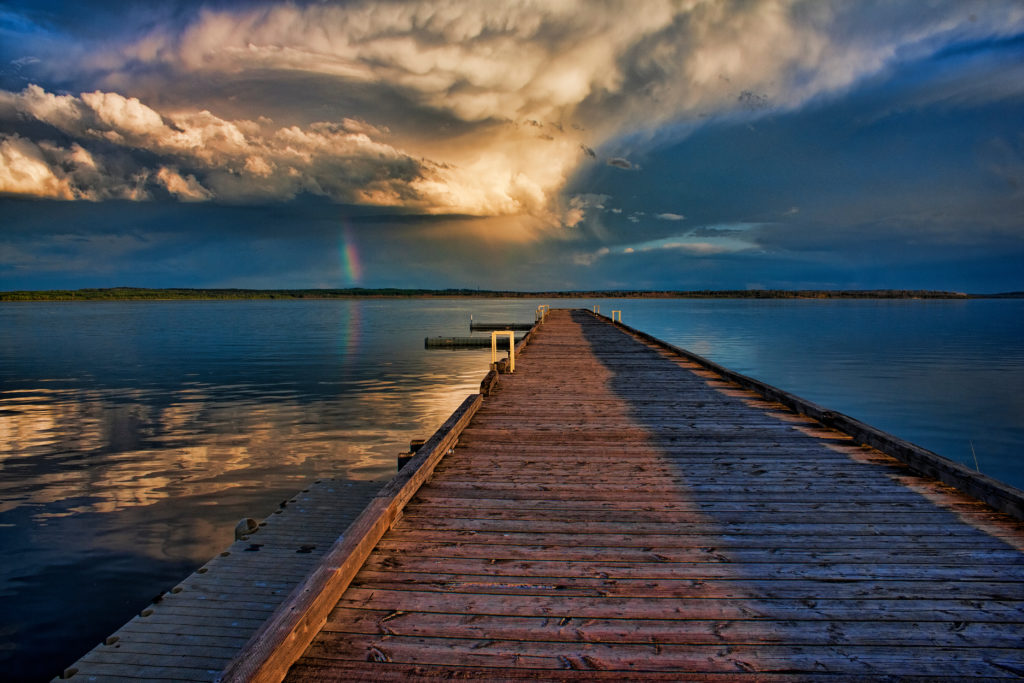
There are over 600 lakes in Alberta and only 2% of our watershed’s landscape is made up of lakes, highlighting the importance of stewardship of these precious freshwater resources.
Few lakes in Alberta have natural, high quality sandy shores. The health of lakes is affected by climate, human activities, and natural attributes (depth, connectivity, shape).
As you can see in the chart below, the lakes located in the Dry Mixedwood/Parkland regions (West of Edmonton) are quite shallow and can range from moderate to high productivity. Many lakes are naturally productive due to their soil chemistry, however, European settlement and land-use conversion have increased nutrient and contaminant loading into lakes.
NSWA has completed many State of the Watershed Reports for various lakes, as well as Watershed Management Plans. To search for these reports, go to the Resources Section on our website and search for a specific lake.
NSWA has put together a list of websites on a variety of topics related to lake watershed health, including water quality , invasive species, riparian health and more.
LAKE RESOURCes LIST
Do you want to learn more about invasive species to watch for at our lakes? Do you want more information on Lake Friendly Yards and Lawns? Wondering about lake health and water quality? Check out our information sheets that you can download (2 pages) and save or print.
The Lake Stewardship Community of Practice is spear-headed by the Alberta Lake Management Society (ALMS). NSWA has been fortunate to provide in-kind support towards organizing the meetings and facilitating discussions.
The objectives of the Community of Practice are to connect, invigorate, and engage Alberta’s lake watershed stewards. The vision of this group is a province where lake stewards are present, respected, connected, and knowledgeable stakeholders who are able to undertake community level action to advocate for healthy lakes for Alberta’s future.
For more information and to catch up on past meetings, click here.
To join the Lake Stewardship Community of Practice Facebook Group, click here.
NSWA held a Lake Stewardship Webinar with presentations on lake monitoring and restoration from NSWA, the Alberta Lake Management Society (ALMS) and Cows and Fish – check out the video or take a look at the pdfs of the presentations in the Resources section of this website.
REGIONAL LAKES PROJECT
People receive immense value from water and aquatic ecosystems. They are naturally drawn to water for recreation or rejuvenation. Water quality, quantity and biodiversity are some of the reasons why people find these places appealing.
A portion of this project focuses on two demonstration sites that will showcase natural restoration of riparian ecosystems (the interface found alongside rivers, creeks, wetlands, and any other water networks). When these ecosystems are healthy and intact, they provide an array of ecosystem services and protect water quality. Deep roots stabilize soils within bank, in return reducing the amount of sediment and nutrients entering the lake. Riparian vegetation also traps sediment and slows down surface flow from upland developed areas. With future predicted environmental changes, riparian areas will be essential in providing waterbodies with water storage and release, along with aquifer recharge.
Riparian areas in Alberta make up only 4% of the provinces total area, however studies have shown that 80% of wildlife are directly dependent on these ecosystems or use them frequently as corridors. Intact, connected, and healthy riparian systems are critical for sustaining wildlife populations, especially as watersheds around lakes become more sought after, disturbed and altered.
Another main goal of this project is to support lake stewards and groups at a regional scale rather than through site-specific projects. One component of this project includes analyzing communications about lakes that are publicly available, and addressing communications gaps. This project will support lake monitoring and the Lake Stewardship Community of Practice that is spear-headed by the Alberta Lake Management Society.
This project is generously supported by Pembina Pipeline.
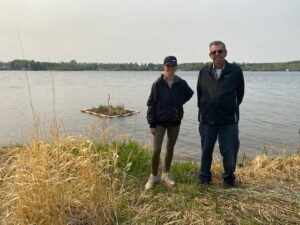
WATERSHED STEWARDSHIP GROUPS
Watershed stewardship groups take community-level action to safeguard water sources. These groups are community, volunteer-based partnerships actively engaged in environmental stewardship of local subwatersheds. Members of these groups include individuals, organizations, agriculture, industry, municipalities and other forms of local government that set common goals to achieve shared outcomes.
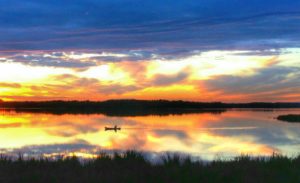
ANTLER LAKE STEWARDSHIP COMMITTEE
This stewardship group is a not-for-profit, volunteer-driven organization. It was created by concerned lake residents committed to the health of Antler Lake, and the Antler Lake watershed. They believe it is their responsibility to maintain the health of their local ecosystem. With the increase of members that become involved with this group, the greater the possibility for keeping Antler Lake healthy and beautiful.
 BAPTISTE AND ISLAND LAKE STEWARDSHIP SOCIETY
BAPTISTE AND ISLAND LAKE STEWARDSHIP SOCIETY
To maintain a healthy lake and watershed for Baptiste and Island Lakes they are recognizing the importance of living within the capacity of the natural environment and providing sustainable recreational, residential, agricultural and industrial benefits. The mission of their stewardship society is to improve the lake’s water quality and ensure the watersheds are protected to provide healthy lakes for the continued enjoyment of all people.
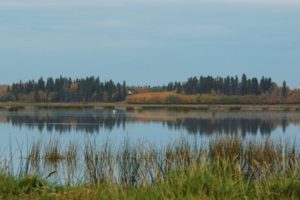
BIG LAKE ENVIRONMENTAL SUPPORT SOCIETY
The society’s major objective is the conservation of the Big Lake wetlands, through advocacy, public education, stewardship, and data collection programs of the Big Lake Natural Are. BLESS is a regional organization, with membership coming mainly from each of the four municipalities bordering the Big Lake wetlands.
HUBBLES LAKE STEWARDSHIP SOCIETY
A group of Hubbles Lake residents formed the Hubbles Lake Stewardship Society (HLSS) to promote local ecological stewardship. Their greatest concern is the effect of future development and its impact on lake water quality; the land within the Hubbles Lake watershed has been highly developed. Restoration and protection of this area are high priorities for future lake management and stewardship activities.
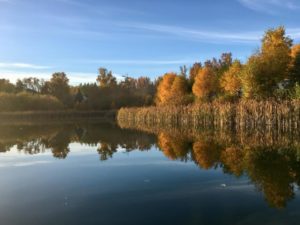
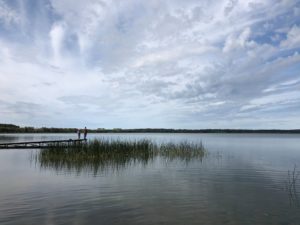
JACKFISH LAKE MANAGEMENT ASSOCIATION
For over 25 years, the residents have worked closely with each other, with the Government of Alberta and with Parkland County to attempt to address lake ecosystem challenges with the intent of ensuring the lake’s long-term viability and environmental sustainability. Jackfish Lake Management Association (JLMA) is committed to ensuring a healthy lake for the continued enjoyment of both residents and visitors. The Mission of the JLMA is to provide for the management and conservation of Jackfish Lake resources for present and future generations.
LAKE ISLE & LAC STE ANNE WATER QUALITY MANAGEMENT SOCIETY
LILSA is a non-profit society committed to promoting the preservation of Lake Isle and Lac Ste Anne Lake, located 40 minutes west of Edmonton, Alberta. Their goal is to maintain and improve the quality of the Lakes and their society is run entirely by volunteers.
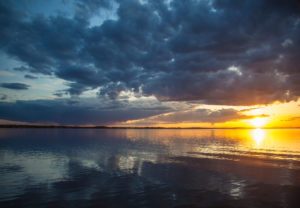
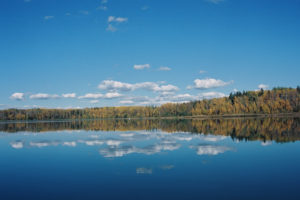
MAYATAN LAKE MANAGEMENT ASSOCIATION
Formed in 2010, the goal of the Association is to provide a meeting place for the consideration and discussion of issues affecting the interests of the Mayatan Lake community. The MLMA advocates for actions consistent with the desires of the membership, and to educate its members and the public about the specific needs and concerns of the area and its residents.
WABAMUN LAKE MANAGEMENT COUNCIL
The Wabamun Lake watershed is a healthy ecosystem with a community that shares its collective responsibility to be the best stewards of that environment. The mission of the Wabamun Lake Management Council is to guide the development, management, and stewardship of Wabamun Lake through collaborative watershed planning, research, and public education.
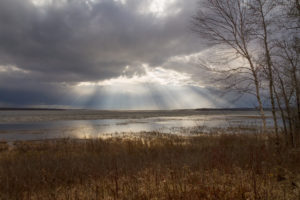
WIZARD LAKE WATERSHED AND LAKE STEWARDSHIP ASSOCIATION
This organization is a stewardship group that works towards enhancing and protecting the sustainability and enjoyment of Wizard Lake for the benefit of all its users and watershed inhabitants.
LAKES of the CARVEL PITTED DELTA – Parkland Region
The Mayatan Lake Management Association (MLMA) along with the Alberta Lake Management Society (ALMS) and other experts have worked on a multi-year study of numerous lakes in the Carvel Pitted Delta Area west of Edmonton. Many thanks to the Land Stewardship Centre for funding support through the Watershed Stewardship Grant Program.
Many of the lakes in this study are unamed lakes, but some are larger recreational lakes like Wabamun, Jackfish, Hubbles and Spring Lakes. Water quality testing has been completed for two summers as well as one winter. The project is continuing in the summer of 2023.
The results of these studies are included in reports on the ALMS website.
NSWA also interviewed members of the Mayatan Lake Management Association about the Carvel Lakes project. You can read the interview for information and inspiration
In the fall of 2023, a paper was published describing the results of a collaborative study on some of the lakes in the Parkland Region. This study included data gathering by a group of citizen scientists at several lakes in the region, as well as work by staff and students at the University of Alberta. This project was supported by the NSWA, Alberta Environment and Protected Areas, and a grant from the Land Stewardship Center. You can read a copy of the report here:
Drivers of hydrologic budgets in small terminal lakes in the Alberta prairies
The key points from this study are:
- groundwater from the bedrock underneath the pitted delta does not contribute to the lakes
- these 6 lakes lose slightly more water to evaporation that to groundwater (or surface outflow)
- the role of shallow groundwater (within the pitted delta) requires further study

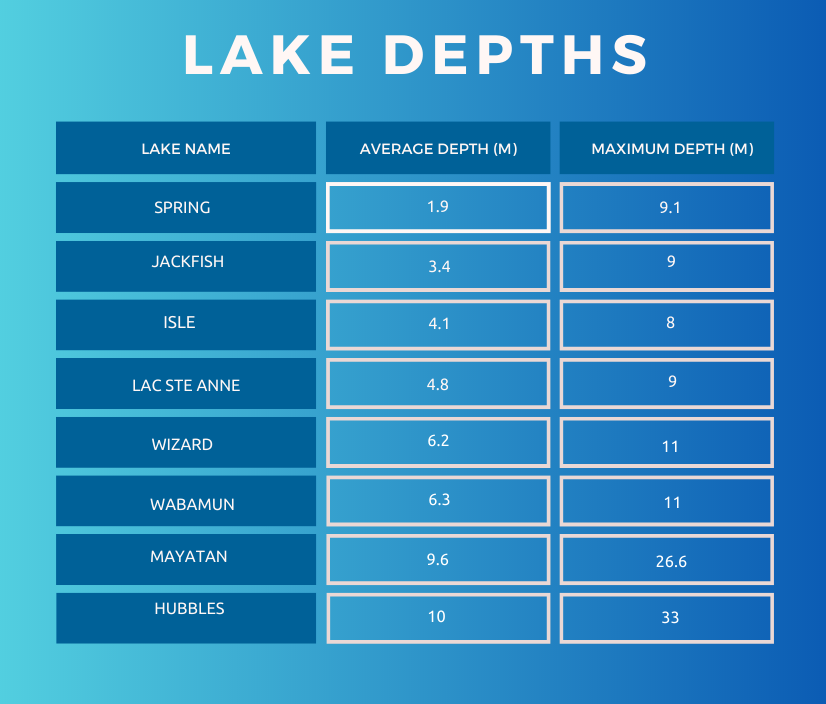
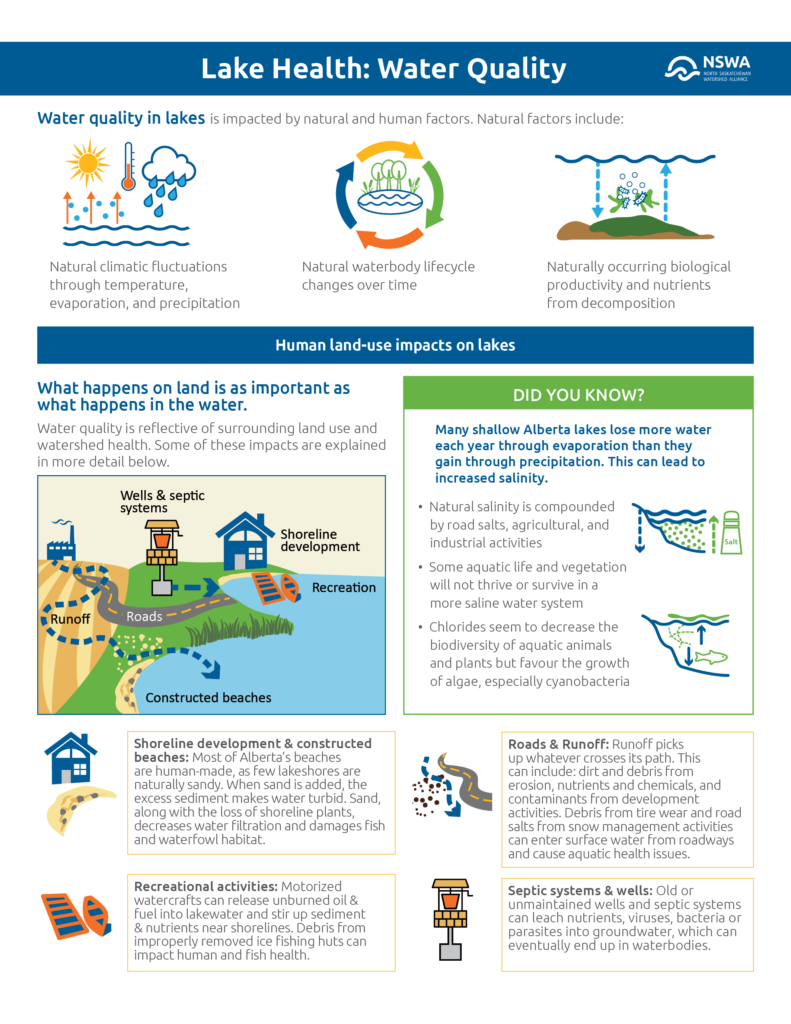
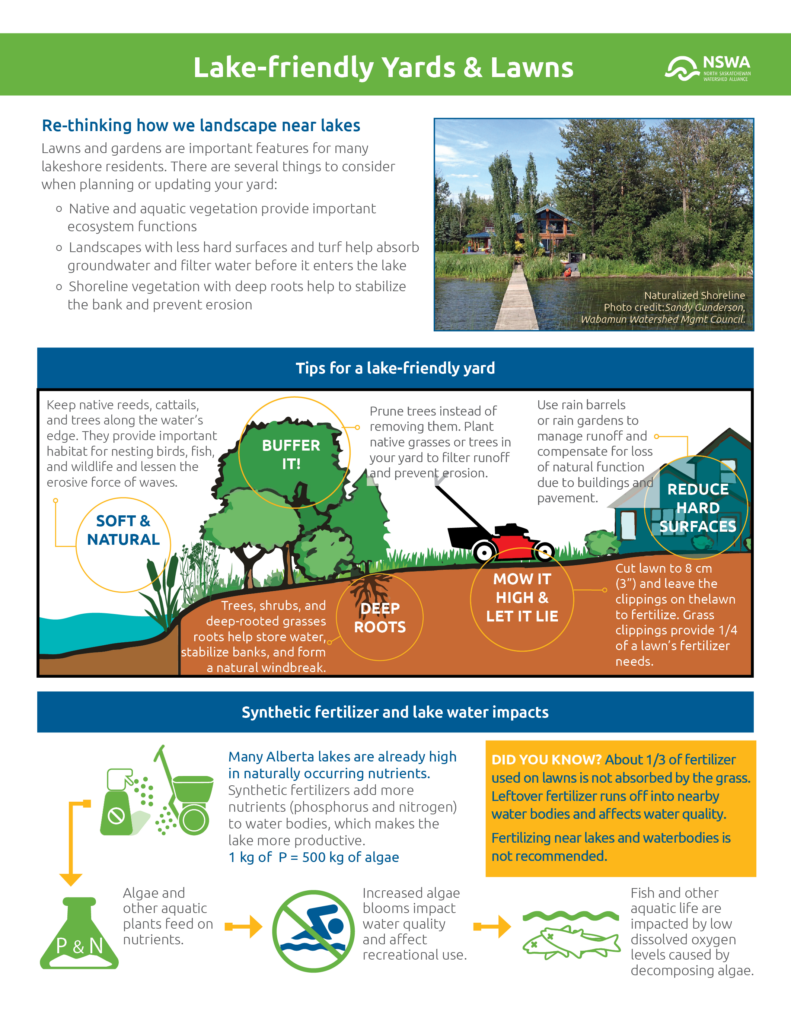
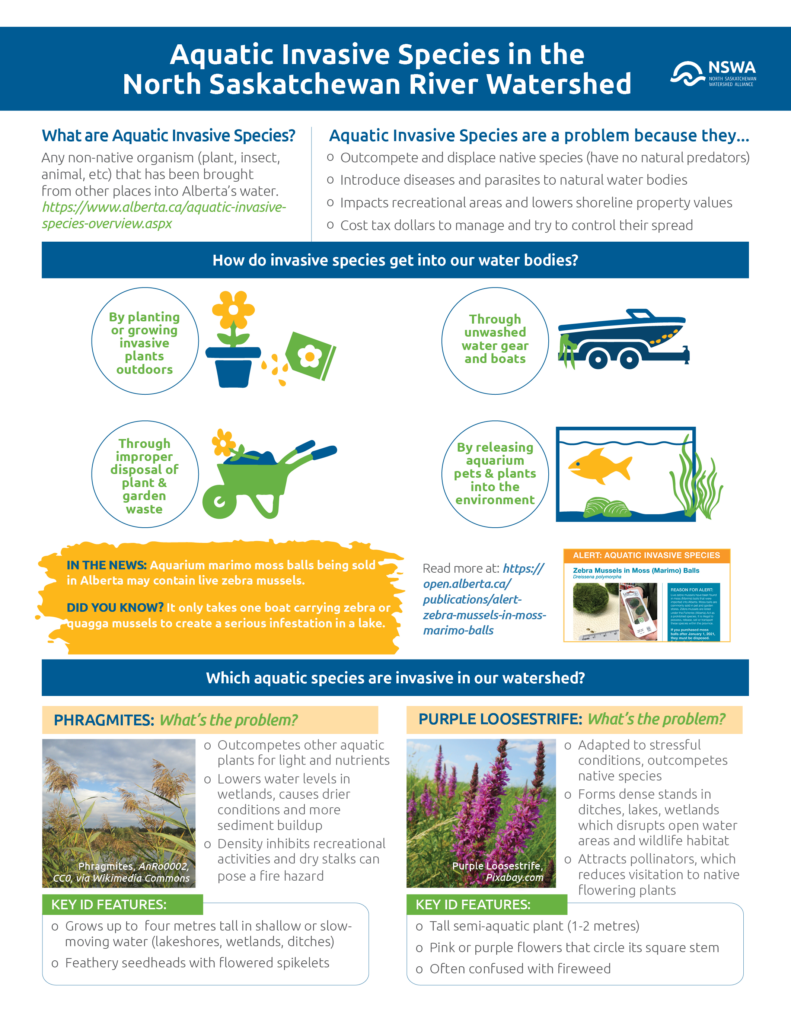
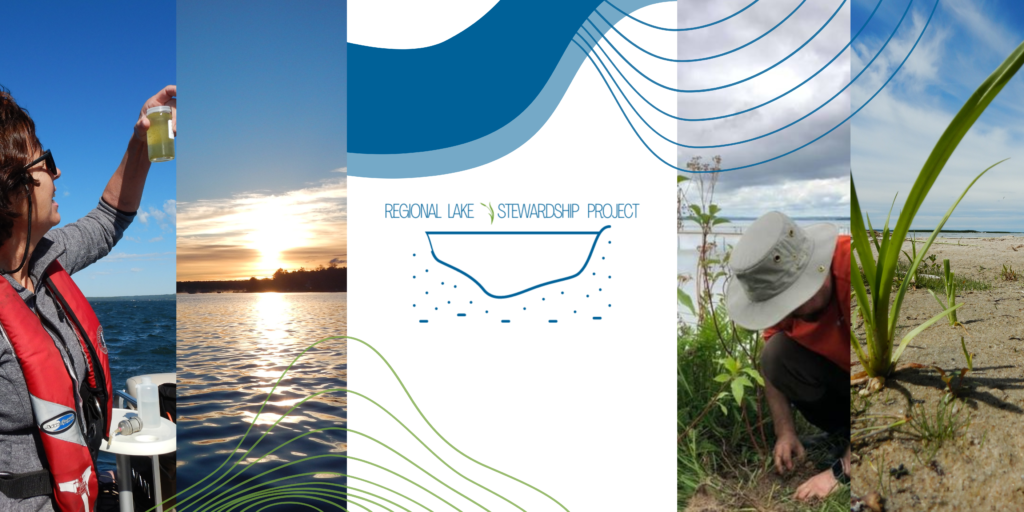
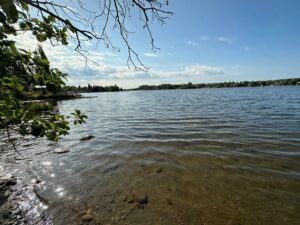
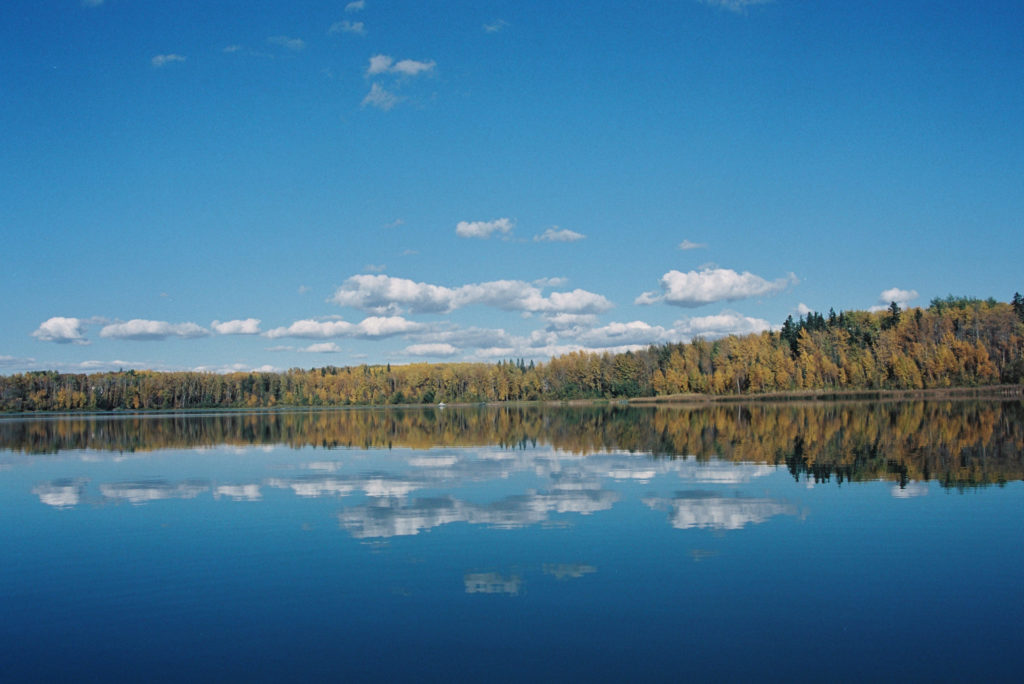 Photo courtesy of the Mayatan Lake Management Association
Photo courtesy of the Mayatan Lake Management Association